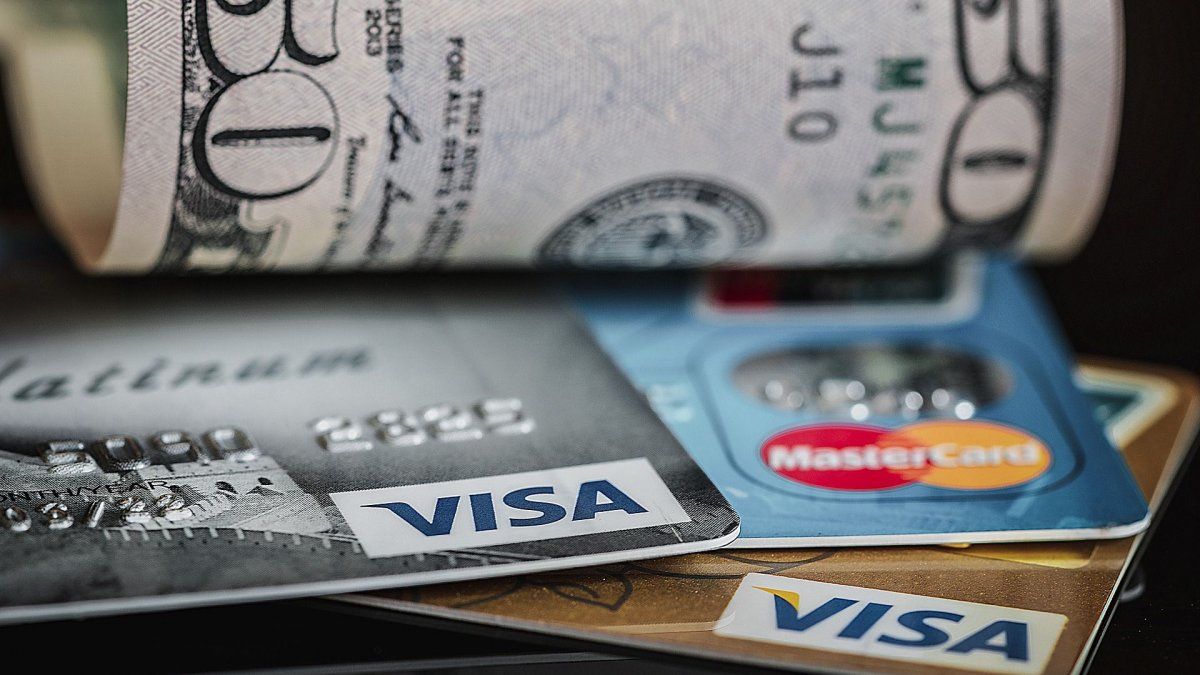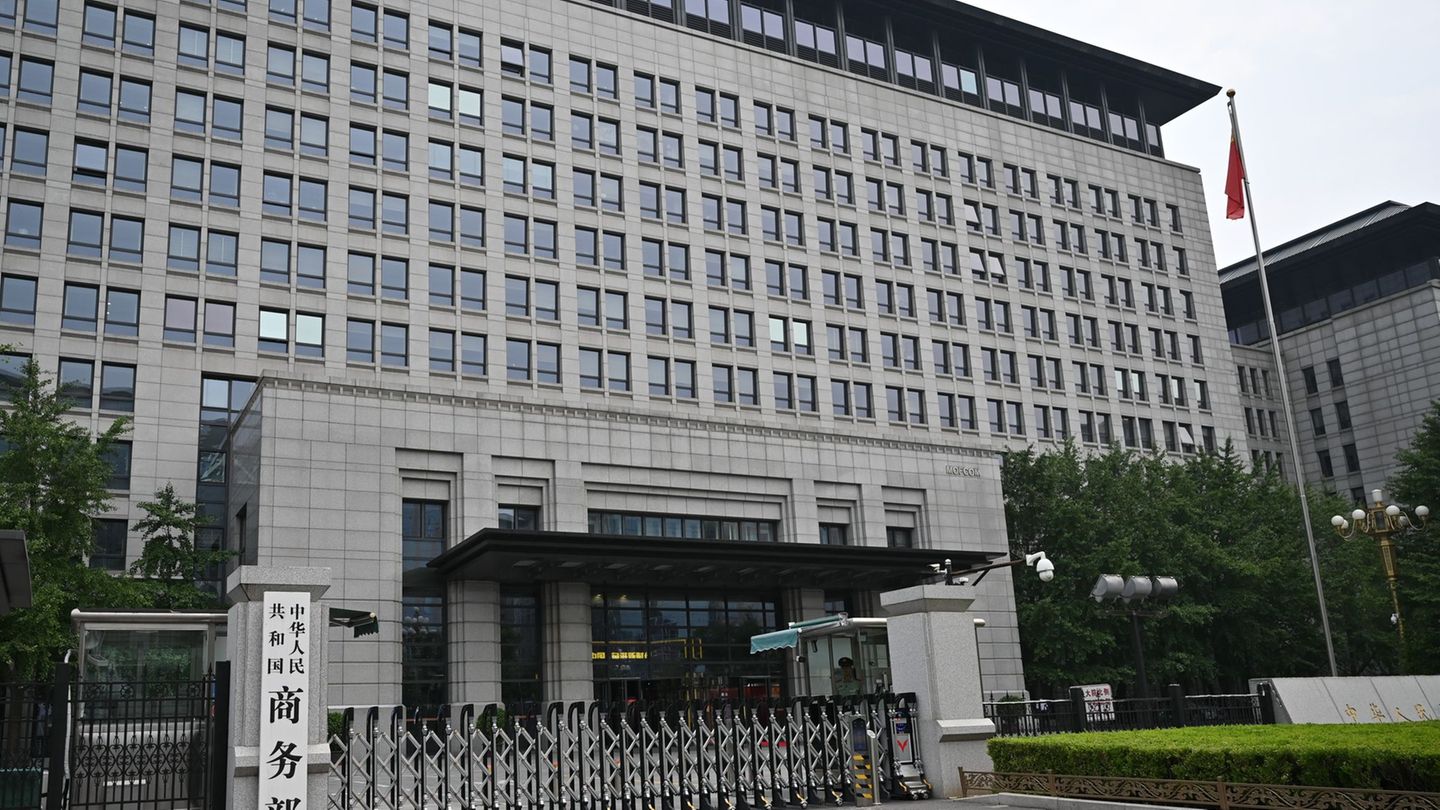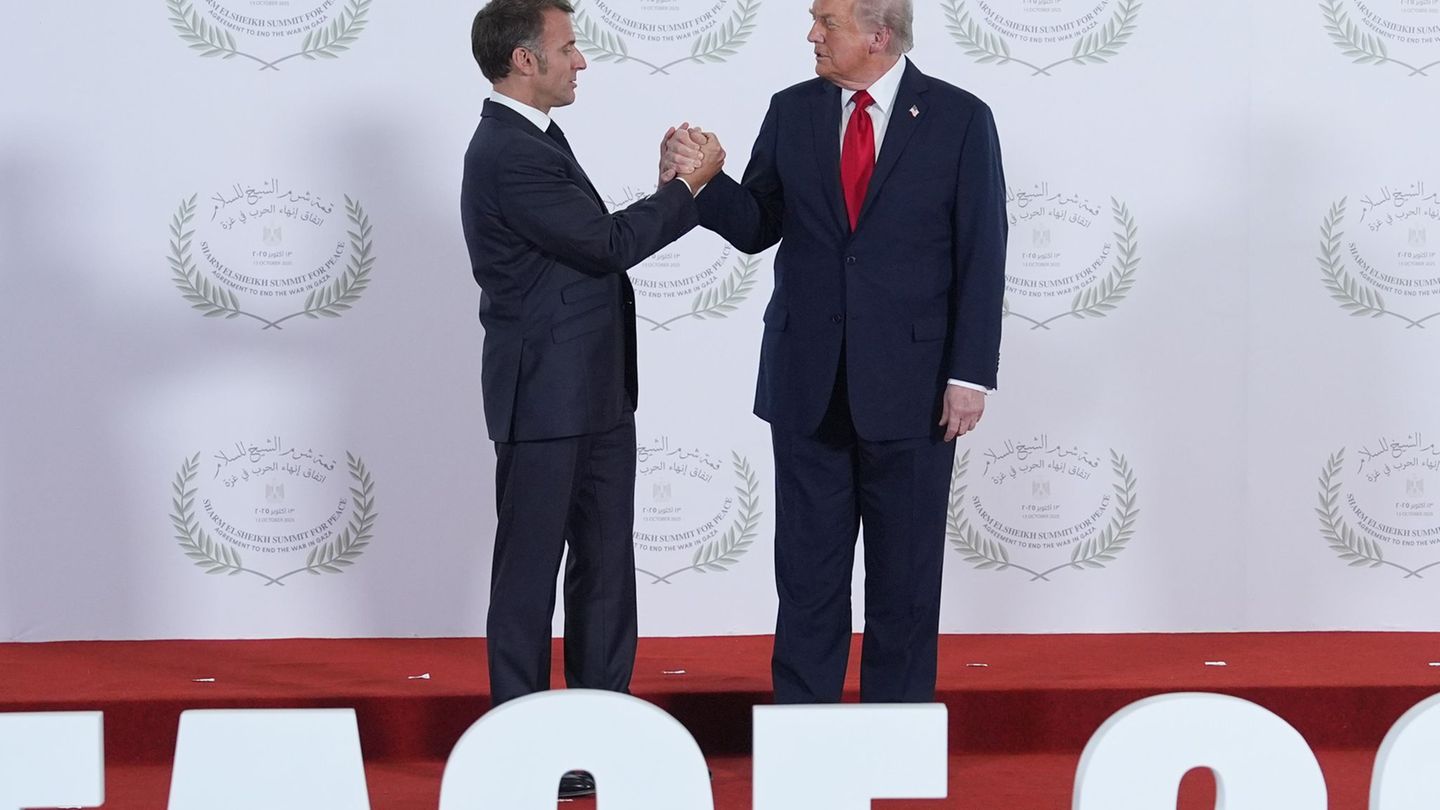According to the letter poured out by the Government in the draft Budget 2025, There will be no attempt to renew the PAIS tax. Thus, the tax would no longer be in effect from December 23. Beyond the impact on imports, which will no longer be taxed at the current 7.5%, a question arose among analysts, operators and consumers: what will happen from that moment on with the dollar card and the dollar savings? Unless there are any further changesthese exchange rates will become cheaper by around 19%; at today’s prices at Banco Nación, this would imply a drop from $1,571 to $1,277, practically the same value as the blue dollar and much closer to the MEP.
The question is not innocuous. Although the savings dollar remains very limited by the exchange rate restrictions, The possibility of a surge in the use of the card dollar is causing concern in a context of net reserves in the red. In fact, despite being more than 20% more expensive than financial exchange rates, the outflow of foreign currency from the Central Bank’s coffers for tourism abroad and other card expenses has accelerated significantly in recent months due to the rapid rise in the price of Argentina in dollars. What would happen, then, if the elimination of the PAIS tax leads to a nominal drop in that exchange rate?
Scope consulted to different official sources If it is planned thatstarting December 23, the PAIS tax is compensated with an increase in the withholdings on account of Profits or another tax to avoid the cheapening of the dollar card. In an office, they indicated that there is nothing scheduled for the moment. Meanwhile, a high source from the economic area stated: “The PAIS tax ends on December 22, It takes forever. We are continually evaluating the available alternatives.”.
Of course, the decisions taken by the Government regarding exchange restrictions will have a large impact, for which there is no announced roadmap either. In fact, as reported by this media, economists warned that the great omission of the Budget project is the stocks exchange rate.
image.png
Dollar card and reserves
The so-called savings dollar refers to the exchange rate that governs the purchase of foreign currency for hoarding, on which there is a monthly limit of US$200 that few people have access to. The card or tourist dollar refers to the price for the purchase of the US currency for tourism purposes or to pay for goods purchased abroad. Since December 2023, both rates arise from applying a 60% surcharge on the retail dollar: 30% PAIS tax and 30% withholding tax on profits.
The retail bill at Banco Nación closed this Wednesday at $982. Thus, whoever wants to buy it for hoarding or to pay the card statement with pesos must actually pay $1,571.20. If the elimination of the PAIS tax were carried out today, the operation would cost $1,276.60 per dollar. Undoubtedly, A price reduction of that magnitude would imply an additional stimulus to the demand for foreign currency for tourism abroad. in sectors of the population with the economic capacity to travel. An incentive that would be added to the exchange rate appreciation and that would arrive in the middle of the holiday season.
Today, a large part of consumption abroad is not channeled via dollar card. Since the MEP is significantly cheaper (it closed at $1,214.04 on Tuesday), many tourists pay their credit card statements with their own dollars that were previously acquired through the capital market. Since they come from the purchase and sale of bonds between private parties, these dollars do not leave the net reserves of the BCRA.
This factor, added to the mega devaluation in December, was what caused the drain of foreign currency from the Central Bank’s coffers due to the tourism deficit, a structural problem of the Argentine economy in recent years, to be reduced at the beginning of 2024. However, as the months went by, that began to change. The policy of The exchange rate anchor caused a progressive increase in the price of Argentina in relation to the rest of the world: The number of foreign tourists visiting the country has decreased and the number of Argentines traveling abroad has increased.
So, in July (latest data available) 236,099 tourists entered the country by air, 17.7% less than last year, and 320,040 Argentines traveled abroad, 24.4% more than in the same month of 2023. As a result, and despite the fact that the dollar card was much more expensive than the parallel ones, The BCRA’s balance sheet recorded a monthly deficit of US$634 million for travel and other card expenses, the highest level of 2024In January, for example, the tourism deficit had been only US$195 million. In the accumulated total of the first seven months, the negative balance of the tourism balance is US$2,774 million and it is estimated that this amount could double in the remainder of the year.
image.png

Although it is not only about tourism. In recent times, it has become frequent queues at border crossings with Argentines crossing to Chile, Brazil or Paraguay to buy in the face of the deterioration of purchasing power and the rise in the price of dollars. Last year, the picture was the opposite: Uruguayans, Chileans or Brazilians even came to buy in the supermarkets of the neighboring Argentine cities, attracted by the very high exchange rate gap.
The risk of cheapening the dollar card
If the elimination of the PAIS tax is carried out, there will be consequences on different levels. The most obvious is the fiscal level, which would end up losing the income from the tax that most supported a collection which collapsed due to the impact of the recession. Starting in September there will be a first impact due to the retrogression to 7.5% of the tax rate for imports. However, the most worrying aspect is the effect on the foreign exchange front: both due to the reduction in the cost of buying merchandise abroad and the lowering of the price of the dollar card, if the latter is confirmed.
Jorge Carreraformer second vice president of the BCRA, considered that the demand for dollar cards will increase. “Until now, people were using a lot of the method implemented by the tourism agencies, which is to pay in dollars. But A cheaper dollar card would make it even easier to make purchases abroadincluding through platforms like Alibaba and others,” he said in dialogue with Scope.
“It is dangerous for the dollar card to become cheaper given the expiration dates in dollars starting in January,” warned Lucio Garay Méndezan economist at the consulting firm Eco Go, in response to a query from this newspaper. The argument is that a greater loss of foreign currency through this route would add extra complications to an external front marked by large foreign debt commitments. According to his estimates, the stock of liabilities with private creditors and international organizations amounts to US$170 billion: “Important payments will already begin to take place next year.”
In this context, Garay Méndez indicated that Eco Go predicts that in 2025 the loss of foreign currency in the official market due to services could increase by more than US$1.5 billion compared to this yearOf that total, 70% would be explained by travel and other card payments. “The truth is that given the shortage of dollars, there could also be a jump in the exchange rate gap that would threaten the Government’s program, which is largely sustained by the decrease in nominal value and the increase in demand for pesos,” he added.
For its part, Javier Okseniukexecutive director of LCG, said that the elimination of the PAIS tax worries him more because of its impact on the external balance than on the fiscal accounts. “In fiscal terms, one can see alternatives for compensation: subsidies, tax expenditure, niches of inefficiency, etc. In external terms, no, if the exchange rate regime is maintained as it is now,” he analyzed in conversation with Scope.
“The exchange rate balance of those items linked to tourism has been increasingly in deficit in recent months. This balance includes card expenses, which are settled in pesos or dollars, not just the peso part. In any case, Tourism expenditures are increasing in a context of a cheap dollar, and will be much more so when the PAIS tax disappears”, Okseniuk stressed. And he concluded: “Without a doubt, We will have to reconsider the exchange rate schemealthough this is not reflected in the macro assumptions of the 2025 budget.”
Source: Ambito
I am Pierce Boyd, a driven and ambitious professional working in the news industry. I have been writing for 24 Hours Worlds for over five years, specializing in sports section coverage. During my tenure at the publication, I have built an impressive portfolio of articles that has earned me a reputation as an experienced journalist and content creator.




